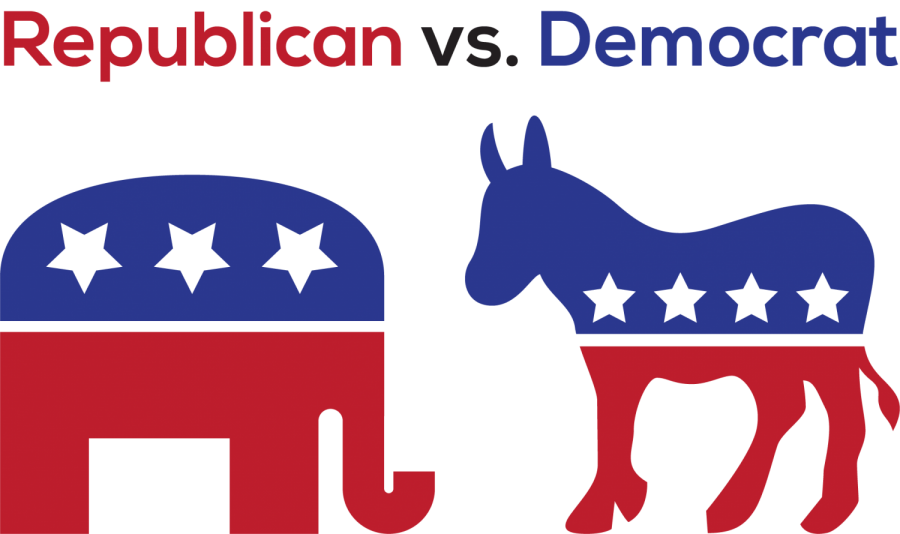The practice of changing our clocks has become a tired tradition that leaves millions of Americans groggy, confused, and questioning its purpose. While the practice of Daylight Saving Time (DST) began with good intentions, it’s time to acknowledge that this century-old system no longer serves our modern society effectively – but we need to be thoughtful about which time to choose.
Contrary to popular belief, DST wasn’t primarily implemented for farmers, in fact, the agricultural industry has historically opposed it. The practice was first widely adopted during World War I to conserve coal by maximizing daylight hours. Germany led the charge in 1916, with the United States following in 1918. The idea had been proposed earlier by Benjamin Franklin, and was later supported by William Willett in Britain, who was reportedly inspired by watching Londoners sleeping through summer mornings.
Today’s society bears little resemblance to the world that embraced DST. Our energy consumption patterns have changed dramatically, we no longer rely on daylight as our primary source of illumination. The supposed energy savings that once justified DST have proven negligible in contemporary studies.
Arizona and Hawaii have already shown us that staying on one time year-round is perfectly feasible. Arizona opted out of DST in 1968, mainly because Phoenix residents did not wan an extra hour of summer sunlight because of heat. Hawaii, because it is closer to the equator, experiences such minimal variation in daylight hours that changing clocks made little sense.
While many advocate for permanent Daylight Saving Time, this solution presents significant problems. Under year-round DST, many Americans would start their winter mornings in what amounts to the middle of the night. In cities like New York, the sun wouldn’t rise until after 8:00 AM during winter months, forcing children to wait for school buses in complete darkness and creating dangerous conditions for people who commute in the morning.
Standard Time, not DST, aligns better with our natural circadian rhythms. Our biological clocks are fundamentally tied to the sun’s position, and Standard Time keeps our social clocks more closely aligned with solar time. The American Academy of Sleep Medicine, along with other medical organizations, supports maintaining Standard Time year-round, citing better sleep patterns and reduced health risks.
The current system of switching times twice a year isn’t just an inconvenience it has measurable negative impacts. Research has shown spikes in car accidents, workplace injuries, and even heart attacks in the days following time changes, particularly in spring. These transitions disrupt sleep patterns, affect mood, and decrease productivity, costing the economy billions annually.
The solution isn’t to permanently shift to DST, as some have proposed, but rather to settle on Standard Time year-round. This would provide the stability we need while maintaining a more natural alignment with solar time. The transition would be relatively simple – we would simply stop changing our clocks and adjust our schedules accordingly.
While businesses might need to make minor adjustments to operating hours during different seasons, this is preferable to forcing millions of people to live out of sync with their natural circadian rhythms. Many organizations already adjust their hours seasonally, regardless of clock changes.
The time has come to end this outdated practice. Several states have already passed legislation to stop seasonal time changes, pending federal approval. What’s needed now is coordinated action at the federal level to implement a permanent solution.
By choosing Standard Time as our fixed time, we can maintain morning light during winter months while still enjoying reasonable evening light during summer. This approach respects our biological needs while acknowledging the realities of modern life. The examples of Arizona and Hawaii show us that fixed time can work – we just need the political will to make it happen nationwide.
The biannual changing of clocks is something that is no longer a necessity. As we look to create more sustainable and healthy societies, ending this practice in favor of permanent Standard Time represents a simple yet significant step forward. The time for change is now and in this case, that means stopping time from changing. It will also still be light out later in the summers.

















